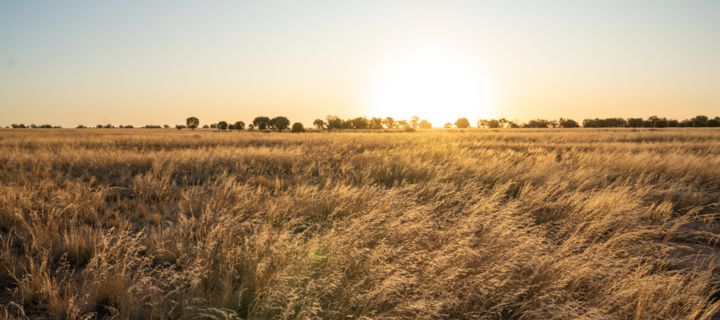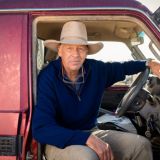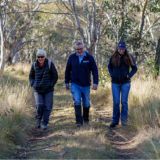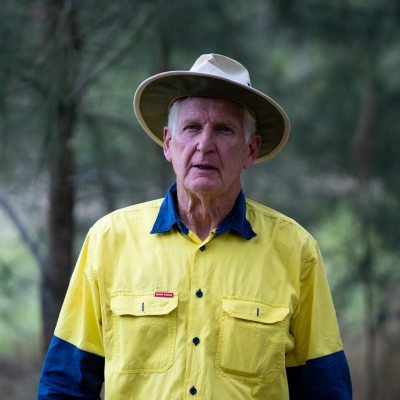
Regenerative farmers help endangered plains-wanderer population
Jim and Jane Ives have been running cattle on their 10,000-hectare property Glencoe, near Hay, for more than 30 years.

Jim and Jane Ives have been running cattle on their 10,000-hectare property Glencoe, near Hay, for more than 30 years.

The small light-brown plains-wanderer might look unremarkable, but it is so unique it is placed in an entire family of its own, Pedionomidae.
It has earned the nickname, the 'Goldilocks bird' because conditions need to be just right for it to survive. Those conditions are of course a very specific type of grazing habitat found in remote areas of south-western NSW and across land also prized for its agricultural use.

The NSW Government is proud to be making a major contribution to the conservation of important native species and habitats by supporting private landholders to enter into conservation agreements with the NSW Biodiversity Conservation Trust.
Trust's annual report shows that in the last financial year, the NSW Government committed ongoing funding to 16 new landholders to manage more than 91,000 hectares of protected land.

It can be hard to spot the remnants of western Sydney’s agricultural past, but the most persistent legacy that remains on Wallaroo is the unwanted variety of weeds.

It's often quipped, with studies to back it, that being in nature has a positive impact on our health and wellbeing.
We know too, that landholders across NSW, be they primary producers, hobby farmers or lifestyle property owners, say they feel a deep connection with the land they manage.

The NSW Biodiversity Conservation Trust (BCT) is pleased to announce accreditation under the internationally renowned Accounting for Nature® Framework.